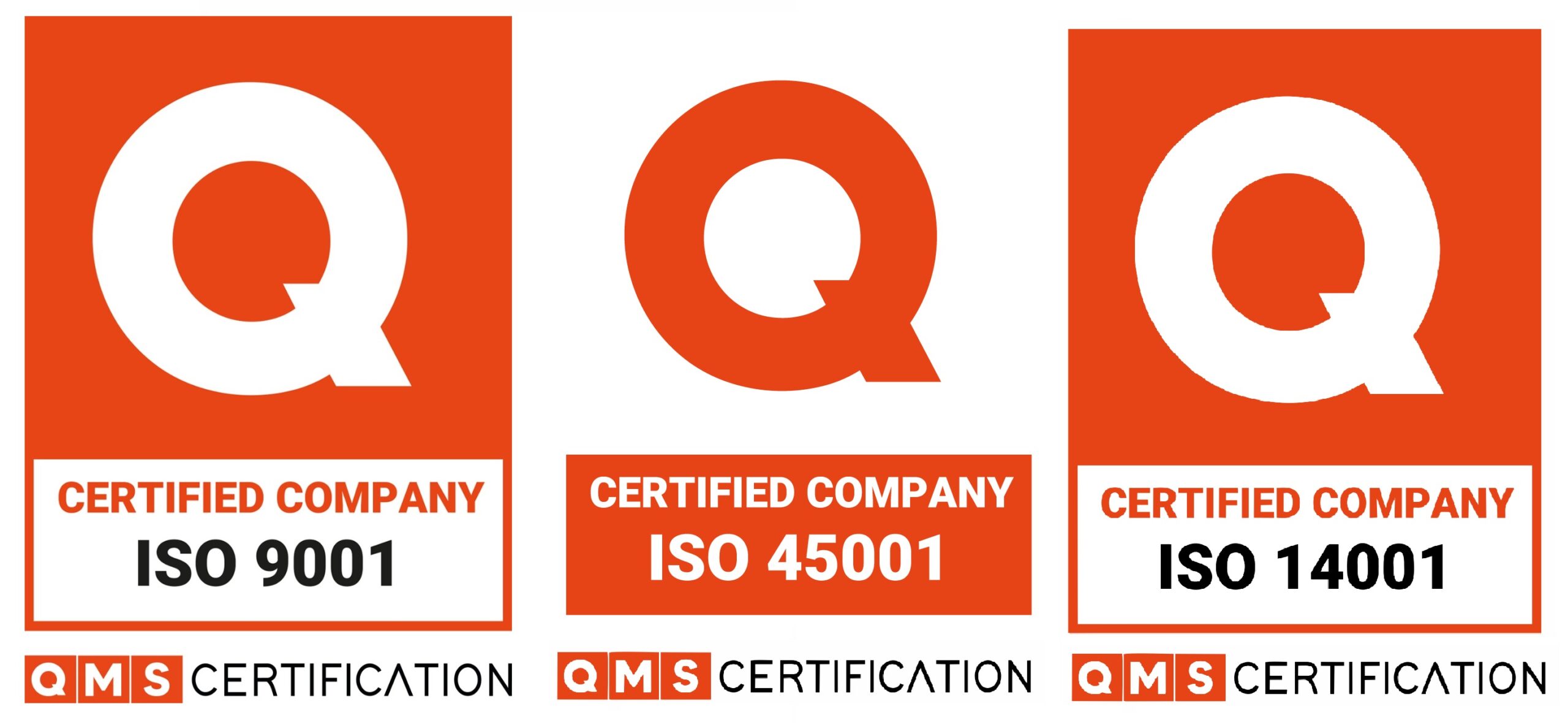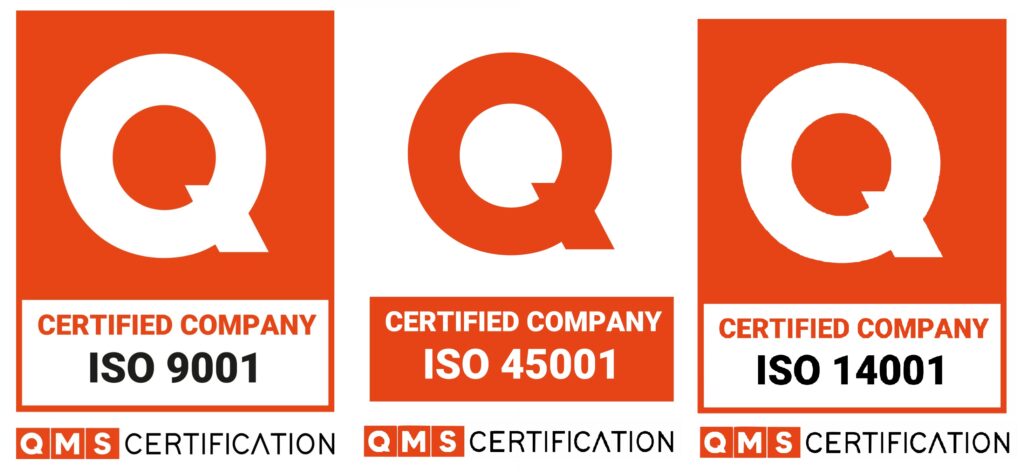Anyone responsible for maintaining a company knows that it is necessary to have and maintain various technical documentation up to date. Among these documentation, for companies that have electrical loads above 75kVA, it is necessary to assemble the electrical installation record (PIE), a set of documentation required by the ministry of labor through regulatory standard 10 (NR10).
If you don’t know what a PIE is about, or want to know more about the subject and how to learn how to assemble it, follow more of our content.
Let’s go?
What is an Electrical Installation Record (PIE)?
For those who are unaware of an Electrical Installations Record, which can also be identified with the acronym PIE, as its name suggests, it is a set of documents that contains all the specifications necessary to provide security to the installations.
Therefore, it is extremely necessary that this is done so that everything can be kept within protection standards. After all, this record regulates and contributes to preventing accidents in electrical installations.
And how to assemble one?
Now that you understand what a PIE is about, you will understand how it should be structured in order to meet the specifications required by NR10.
NBR 10 is the standard that regulates safety in electrical installations and services so that employees and patrons have maximum safety on site. Being a standard with a very technical nature, it can cause certain doubts regarding the content. For this reason it must be treated by a specialized engineer.
Check now the minimum items required in an Electrical Installation Record (PIE) in accordance with NR 10.2.4:
10. “Set of procedures, technical and administrative instructions for safety and health. These are implemented and related to this regulatory standard as well as the existing control description”. In other words, the company must provide employees involved with electricity with technical instructions and procedures to understand and carry out activities safely, meeting the requirements of NR10.
11. “Technical report on SPDA (Atmospheric Discharge Protection System), better known as lightning rod” and grounding systems. In other words, the company must periodically carry out an inspection of the SPDA and grounding, in accordance with NBR5419:2015 and NBR5410:2004;
12. Document with descriptive characteristics of collective and individual protective safety equipment (PPE and EPC) and tooling used;
13. Document that qualifies the employee (training diploma), qualification, training and/or authorization of the professional involved and training carried out in accordance with NR10. Remembering that the document must be in accordance with the role performed by the professional;
14. Reports of electrical insulation tests carried out on collective and individual protective equipment. Protective equipment must undergo periodic applied voltage tests, confirmed through a technical report with a calibration certificate for the equipment used in the tests and signature of the technician responsible;
15. Certifications of manufacturers of electrical equipment and materials in hazardous areas. All equipment and materials involved in a classified area (i.e. areas containing products that increase the risk of fire or explosions) must undergo specific tests during manufacturing according to the location to be installed and the certification documents must be kept together. to the medical record;
16. Updated inspection reports with adjustment schedules, recommendations, covering items “a” to “f”. This report must include the current conditions of electrical installations with photographic reference in compliance with standards NBR5410:2004, NBR14039:2005/Em1:2021 in addition to specific standards for the area involved;
Companies that operate in installations or equipment that are part of the electrical power system or nearby must make all the documents involved above available, including:
a) Description of emergency procedures;
b) Certifications of collective and individual protection equipment;
It is important to highlight that companies with electrical loads greater than 75 kW must maintain and always update the Electrical Installation Record (PIE) at their facilities to remain in good standing.
Technical reports and reports must be prepared by a legally qualified professional and all equipment used in the measurements involved must have an RBC/INMETRO traceable calibration certificate within the validity period.
Now it is much simpler to set up an Electrical Installation Record (PIE) in your company. Check all topics when compiling documentation so you don’t forget anything.
ARSAN Comércio e Serviços Ltda is a company specialized in engineering, maintenance and electrical installation. To find out more, contact our professionals.
To find out more, keep following the blog!




